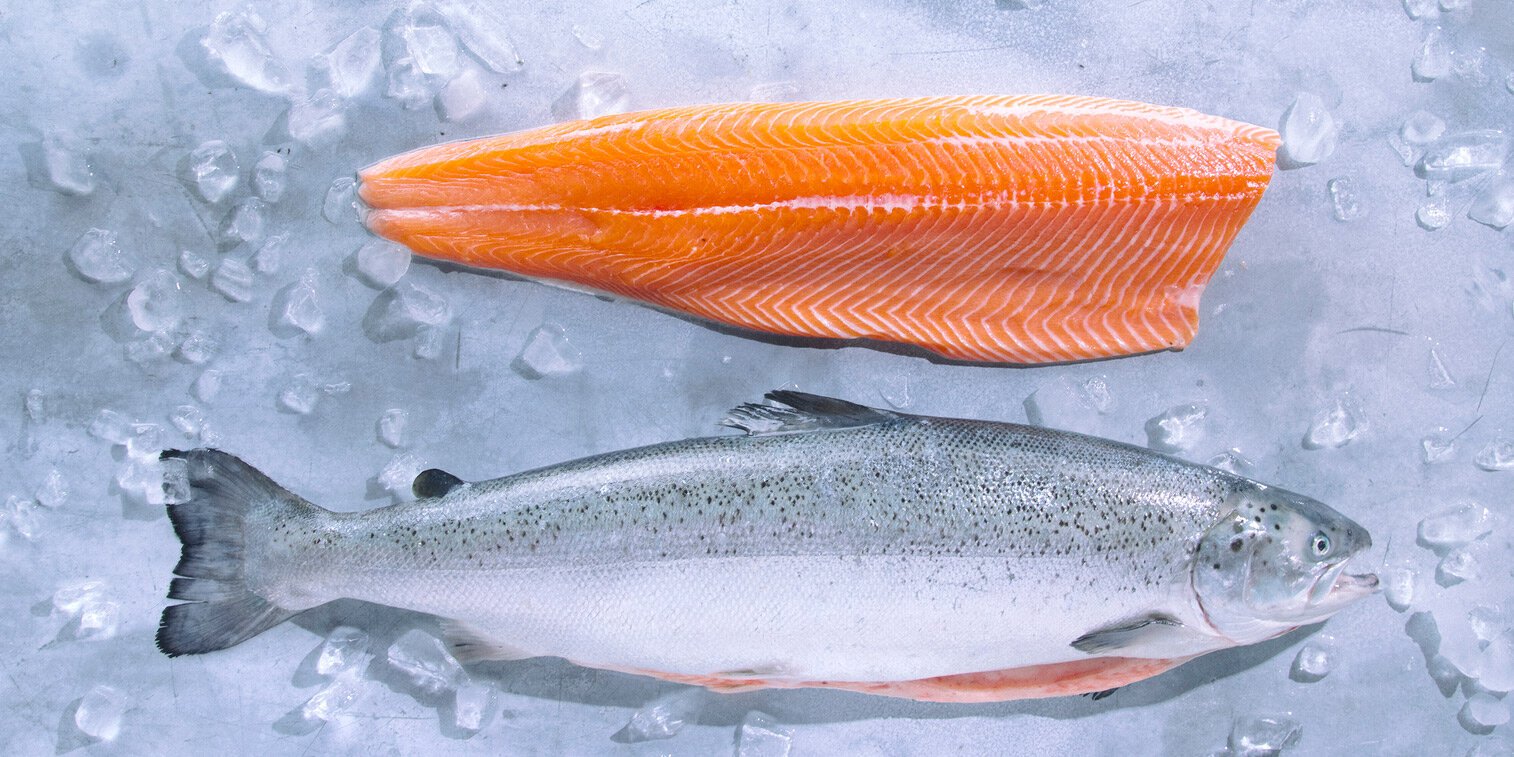Freezing salmon fish properly is essential to preserve its freshness and flavour for later enjoyment. Here’s a detailed guide on the best methods to freeze salmon fish effectively, ensuring it stays delicious and safe to eat.
Choosing Fresh Salmon
Start with fresh, high-quality salmon for optimal freezing results. Whether you catch it yourself or purchase it, ensure the fish is properly cleaned and free of any scales or bones that could affect its taste and texture after freezing. Freshness is key; the sooner you freeze the salmon after catching or buying it, the better the quality will be when you thaw it.
Preparation for Freezing
Before freezing, prepare the salmon by portioning it into meal-sized pieces. This makes it easier to thaw and reduces the risk of waste. Pat the fish dry with paper towels to remove excess moisture, which can lead to freezer burn. If the salmon is particularly large, consider cutting it into steaks or fillets. Removing the skin can also help, as it tends to hold moisture which can cause ice crystals to form.

Best Ways to Freeze Salmon Fish for Longevity
Wrapping and Packaging
For individual portions, wrap each piece of salmon tightly in plastic wrap or aluminium foil. Ensure there are no gaps where air can enter, as exposure to air can cause freezer burn and degrade the quality of the fish over time. Double-wrapping with a layer of foil over plastic wrap can offer additional protection. Make sure the wrapping is snug and free of air pockets, as this will keep the salmon fresh and prevent ice from forming on the surface.
Using Vacuum-Sealed Bags
For longer-term storage, consider using vacuum-sealed bags. These remove air from around the fish, preventing oxidation and freezer burn. Vacuum-sealed bags also help preserve the natural flavours and moisture of the salmon fish. If you don’t have a vacuum sealer, you can achieve a similar effect by placing the salmon in a zipper-lock bag and submerging it in water to push out the air before sealing.
Labeling and Dating
Properly label each package with the date of freezing and the type of salmon fish inside. This helps you keep track of how long each package has been in the freezer and ensures you use the oldest fish first to maintain freshness. Use a permanent marker and make sure the label is clear and easily readable. Knowing the exact freezing date helps in managing your freezer inventory and ensures you consume the fish while it’s still at its best quality.
Freezing Techniques
Place the wrapped or vacuum-sealed salmon in the coldest part of your freezer, ideally at or below 0°F (-18°C). Avoid placing hot or warm salmon directly into the freezer, as this can raise the temperature and affect other frozen foods. Spreading the packages out initially can help them freeze faster. Once they are completely frozen, you can stack them to save space. Rapid freezing minimizes ice crystal formation, which can damage the fish’s cellular structure.
Thawing Salmon Fish
When ready to use, thaw frozen salmon fish in the refrigerator overnight or under cold, running water. Avoid thawing salmon at room temperature to prevent bacterial growth. Use thawed salmon within one to two days for the best taste and texture. If you’re in a hurry, you can also use the defrost setting on your microwave, but be careful not to start cooking the fish. Always cook thawed salmon thoroughly to ensure it’s safe to eat.
Conclusion
Freezing salmon fish properly ensures it stays fresh and flavorful for longer periods, allowing you to enjoy its delicious taste whenever you desire. By following these methods to freeze salmon fish, you can preserve its quality and nutritional value effectively. Enjoy the convenience of having salmon on hand for your favorite recipes without compromising on taste. Happy freezing!




